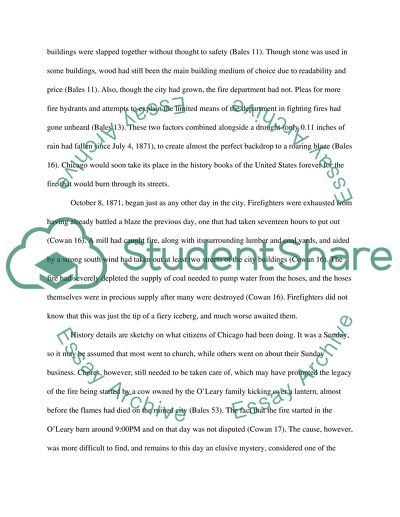Cite this document
(“A City Ablaze: Chicago and the Great Fire of 1871 Term Paper”, n.d.)
Retrieved from https://studentshare.org/history/1395739-the-great-chicago-fire
Retrieved from https://studentshare.org/history/1395739-the-great-chicago-fire
(A City Ablaze: Chicago and the Great Fire of 1871 Term Paper)
https://studentshare.org/history/1395739-the-great-chicago-fire.
https://studentshare.org/history/1395739-the-great-chicago-fire.
“A City Ablaze: Chicago and the Great Fire of 1871 Term Paper”, n.d. https://studentshare.org/history/1395739-the-great-chicago-fire.


